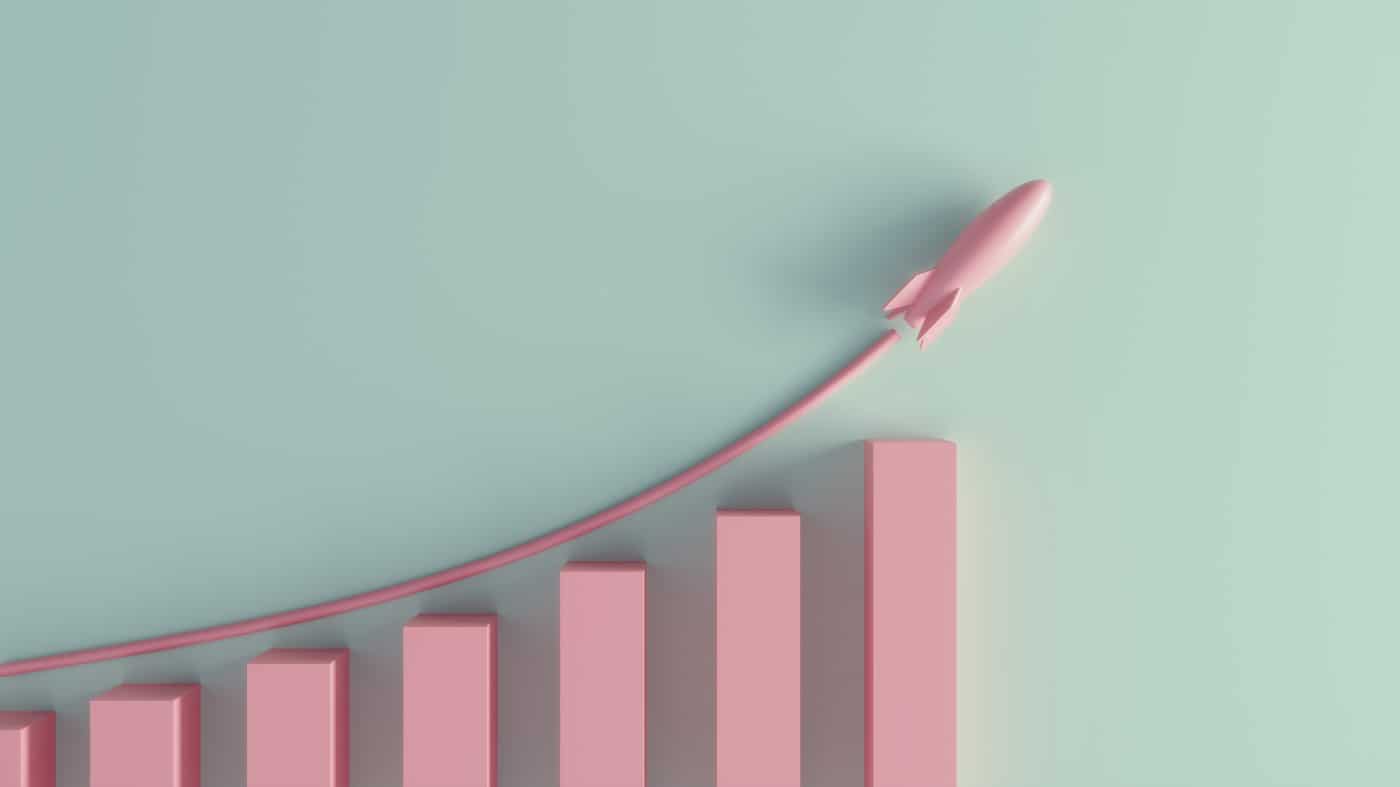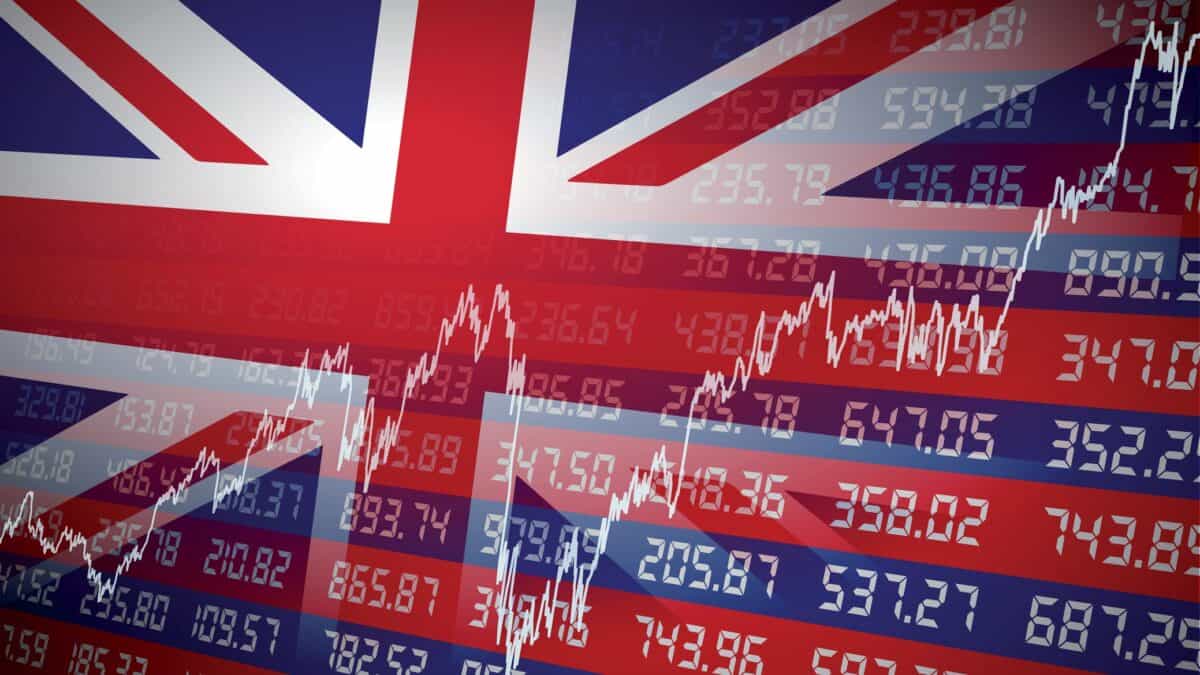Stay informed with free updates
Simply sign up to the UK inflation myFT Digest — delivered directly to your inbox.
UK inflation rose less than expected to 2.2 per cent in July, with underlying price pressures falling sharply, according to new official data that will be welcomed by the Bank of England.
The annual increase in consumer prices, reported by the Office for National Statistics on Wednesday, undershot expectations of a rise to 2.3 per cent from economists polled by Reuters.
However, the inflation figure was still above the Bank of England’s 2 per cent target rate and marked the first rise this year. Price pressures fell to that level for the first time in three years in May, and held steady in June.
The BoE had expected a rise to 2.4 per cent because of the smaller drag from domestic energy bills.
Services inflation, the BoE’s key measure of domestic price pressures, declined more than expected to 5.2 per cent, from 5.7 per cent in the previous month. Analysts expected a fall to 5.5 per cent.
The weaker than expected inflation figure comes after the BoE cut interest rates on August 1 for the first time since the onset of the coronavirus pandemic.
Annual core inflation, which excludes food and energy, slowed to 3.3 per cent in July from 3.5 per cent in June and below analysts’ expectations. Core inflation was also the lowest since September 2021.
Price pressures in the UK have gradually declined from their 41-year peak of 11.1 per cent in October 2022.
“Inflation ticked up a little in July as although domestic energy costs fell, they fell by less than a year ago,” said ONS chief economist Grant Fitzner.
“This was partially offset by hotel costs, which fell in July after strong growth in June.”
Sterling dropped against the US dollar after the announcement, with the pound dropping 0.23 per cent to $1.2828.
The yield on the interest rate sensitive 2-year UK gilt dropped by 0.01 percentage points to 3.595 per cent as investors scaled up their bets on two more BoE interest rate cuts before the end of the year.
The BoE expects UK inflation to increase slightly in the second half of this year, reaching 2.8 per cent by December, as the temporary drag from energy prices fades. It expects consumer price inflation to decline to 2.2 per cent by the end of 2025, to 1.7 per cent by 2026, and then to 1.5 per cent in 2027.
The uptick in inflation had been anticipated in the Treasury and was cited by Conservative officials as a minor factor in former prime minister Rishi Sunak’s decision to hold an election in July, rather than waiting until the autumn.
Sunak went to the polls on July 4 with inflation exactly at the BoE’s 2 per cent target, allowing him to claim that he had achieved his objective in bringing price rises under control.
Sunak’s inability to deliver autumn tax cuts due to the tight fiscal position was, however, a much bigger factor in his decision to go to the polls early.
For the Labour government, the small rise in inflation is a reminder of the challenges facing the new chancellor Rachel Reeves, who wants to boost growth rates but knows the BoE will remain wary about further interest rates cuts in the short term.
“The new government is under no illusion as to the scale of the challenge we have inherited, with many families still struggling with the cost of living,” said Darren Jones, chief secretary to the Treasury.
“That is why we are taking the tough decisions now to fix the foundations of our economy so we can rebuild Britain and make every part of the country better off.”
In the Eurozone, inflation rose to 2.6 per cent in July from 2.5 per cent the previous month. Later on Wednesday, data from the US is expected to show annual inflation was unchanged at 3 per cent in July.
Credit: Source link














